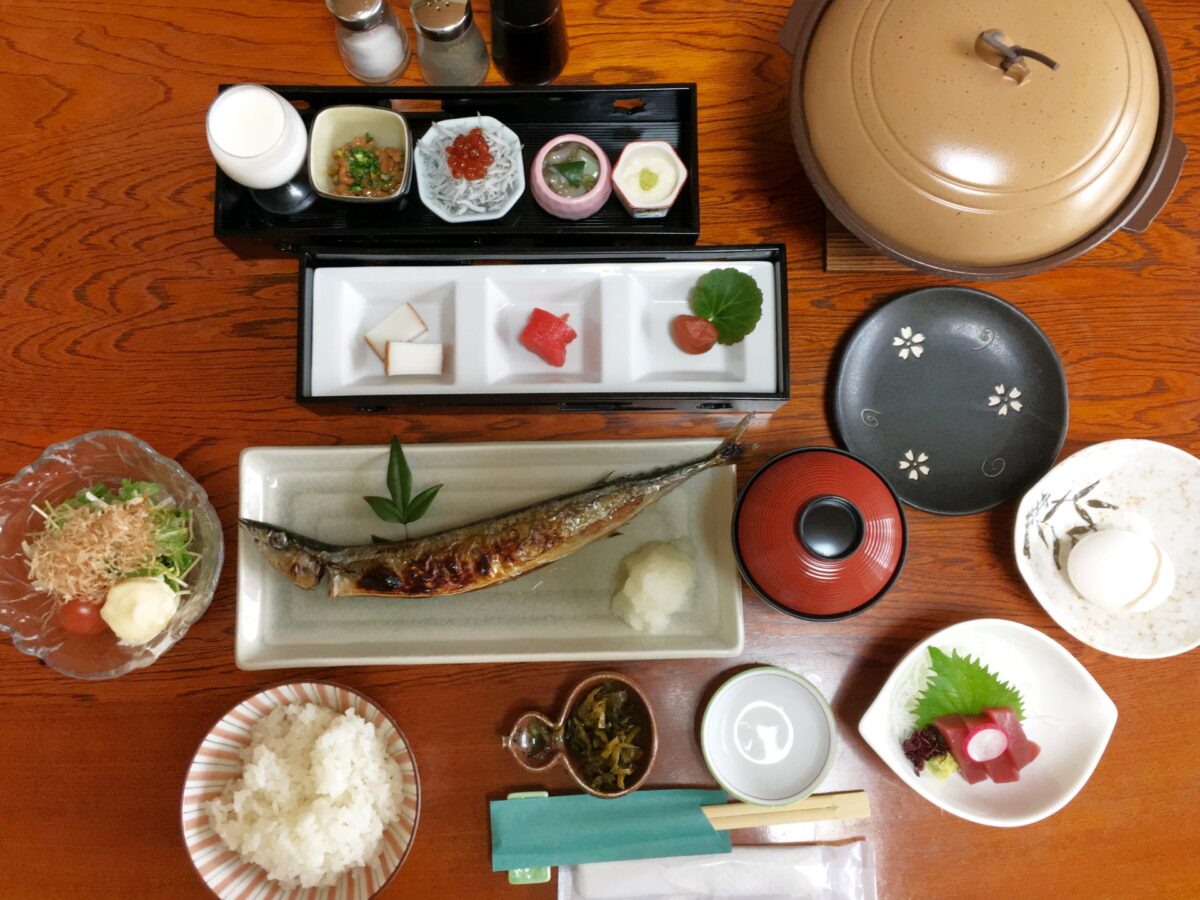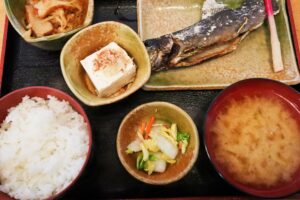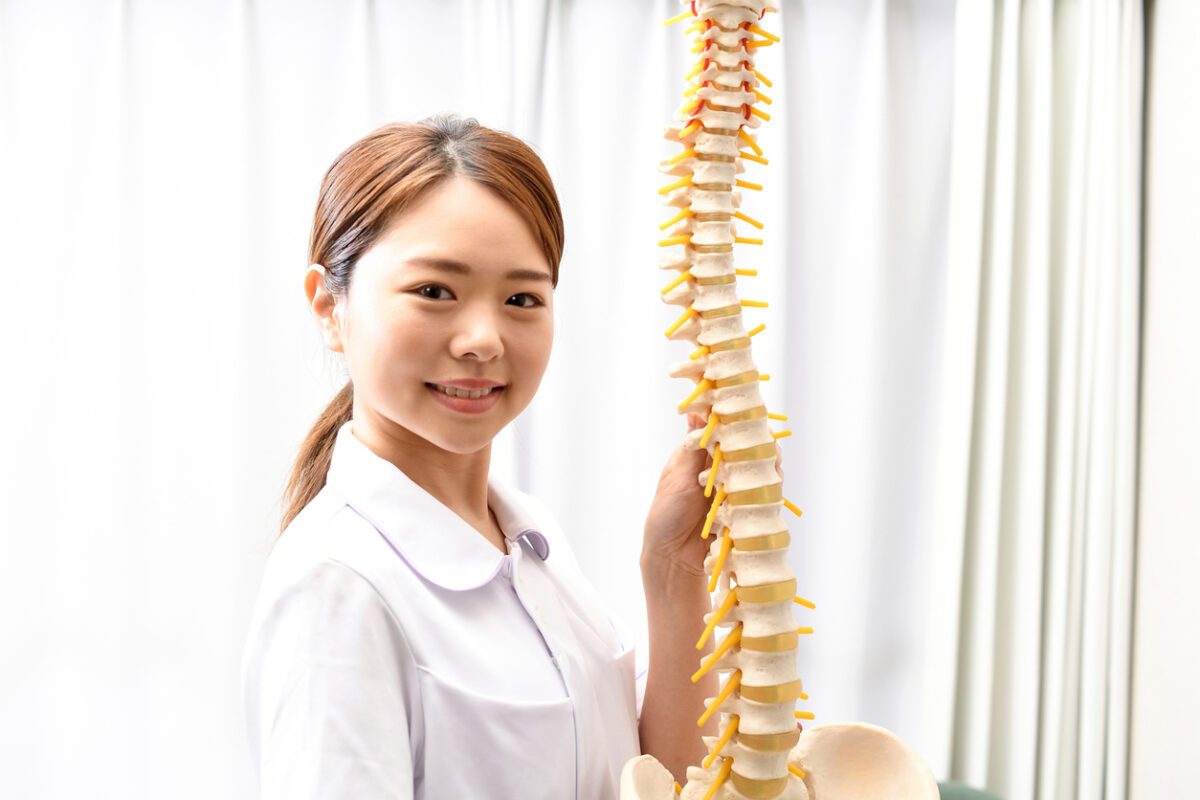Your skin naturally changes with age, but what you eat can slow those changes and even reverse some signs of aging. For women over 50, a skin-supportive diet becomes especially important due to hormonal shifts, including the decline of estrogen and DHEA.
By focusing on key anti-aging foods and natural hormonal support, such as Effisoy®, you can nourish your skin from within and maintain a more youthful glow—without relying only on topical products.
The Connection Between Diet and Skin Aging
Why Food Matters More Than Creams
Your skin constantly regenerates, and this process requires nutrients—especially antioxidants, vitamins, minerals, and healthy fats. These help combat oxidative stress, maintain elasticity, and promote collagen production.
Menopause and the Skin-Hormone Link
As estrogen and DHEA decline during menopause, skin loses its firmness and moisture. Wrinkles become more visible. A nutrient-dense diet and gentle hormone-supportive strategies can help reduce these effects and support natural skin renewal.
Top Anti-Aging Foods That Support Youthful Skin
Fatty Fish
Salmon, sardines, and mackerel provide omega-3 fatty acids that reduce inflammation and support your skin’s lipid barrier, helping to prevent dryness and irritation.
Avocados
These are rich in vitamin E and healthy fats, both essential for skin hydration and elasticity.
Berries
Blueberries, blackberries, and raspberries offer antioxidants that protect collagen and fight free radicals that cause premature aging.
Nuts and Seeds
Walnuts, flaxseeds, and sunflower seeds supply omega-3s, zinc, and selenium, which help repair skin and boost resilience.
Leafy Greens
Kale, spinach, and arugula are loaded with beta-carotene and vitamin C—nutrients that support skin brightness and defense against environmental stress.
Japanese Superfoods for Radiant, Wrinkle-Resistant Skin
Miso: Traditional Fermentation Unlocks Powerful Skin Nutrients
Miso, a classic Japanese fermented soybean paste, contains aglycone isoflavones, a bioavailable form of isoflavones that help balance estrogen levels and support smoother, more hydrated skin.
Unlike quick-fermented soy products like natto—which don’t fully break down isoflavones—miso undergoes long fermentation, allowing enzymes to convert glycoside-type isoflavones into the more absorbable aglycone form. This form directly supports collagen production, skin moisture, and even pigmentation control.
The Role of Effisoy®
Effisoy® is a supplement designed for women over 40, based on the same principle as miso’s natural fermentation. It delivers pure aglycone isoflavones, derived from fermented soy, in a concentrated and standardized form.
Most Western soy products, including supplements, use glycoside-type isoflavones, which your body struggles to absorb—especially with age-related declines in gut enzyme activity. Effisoy skips that hurdle by providing the active aglycone form, supporting hormonal balance, DHEA production, and skin health more efficiently.
🔗 More on Effisoy® and Japanese wisdom
Seaweed: Mineral Power for Skin Elasticity
Seaweed like wakame and kombu contains iodine, magnesium, and calcium, which help maintain skin tone and improve hydration. It also supports thyroid health, which indirectly impacts your skin’s glow and firmness.
Matcha Green Tea
Matcha offers catechins, a class of antioxidants that help prevent collagen breakdown and reduce UV-induced skin damage. Drinking matcha daily supports overall anti-aging from the inside out.
🔗 Study: Green Tea and Anti-Aging Effects
How to Easily Include These Foods in a Western Diet
Integrate Japanese Ingredients with Familiar Meals
You don’t need to drastically change your diet. Try:
-
Adding a spoonful of miso paste to soups or salad dressings
-
Drinking matcha lattes instead of sugary coffee drinks
-
Mixing roasted seaweed flakes into rice bowls or salads
-
Using Effisoy® daily to ensure a consistent supply of fermented isoflavones
Daily Meal Inspiration
-
Breakfast: Overnight oats with berries, chia seeds, and a matcha latte
-
Lunch: Mixed greens with grilled salmon, avocado, and miso vinaigrette
-
Dinner: Quinoa bowl with tofu, spinach, sesame oil, and seaweed topping
For hormonal support that’s hard to achieve through diet alone—especially if you don’t regularly consume fermented soy—Effisoy provides a simple, effective solution rooted in Japanese tradition.
Beyond Food: Lifestyle Tips That Maximize Anti-Aging Nutrition
Hydration Is Key
Drink at least 8 glasses of water daily. Skin needs hydration from the inside to stay supple and radiant.
Sleep Fuels Skin Repair
Aim for 7–8 hours of quality sleep to allow your body time to restore collagen and repair oxidative stress.
Minimize Sugar and Processed Foods
Sugar accelerates aging by stiffening collagen fibers (glycation). Choose fruit or dark chocolate as a treat instead.
Support Natural Hormonal Balance
Many women feel tired, dull, and experience skin changes during menopause. While hormone therapy is one option, some prefer natural approaches. Effisoy helps stimulate your body’s own DHEA production, a hormone linked to energy, youthful skin, and hormonal balance—without using synthetic hormones.
Conclusion: Eat Smart, Age Gracefully
Beautiful skin starts with what you eat. By focusing on the best anti-aging foods—like leafy greens, berries, healthy fats, and fermented soy—you can feed your skin the tools it needs to stay firm, hydrated, and glowing.
Miso and seaweed from Japanese cuisine offer unique skin benefits, especially when it comes to hormonal support and collagen protection. If you can’t regularly eat fermented soy, Effisoy® fills the gap with its aglycone isoflavones—offering gentle, natural support from within.
✨ Glow confidently. Eat wisely. Age beautifully—with a little help from nature and Japanese tradition.
Hormone Boost is the key to Anti-Aging
Juveriente®’s Effisoy, launched in 2016, based on fermented soy bean germ extract has been loved as a natural menopause relief since its launching in 2016.
Its primary function is to boost the weakened synthesis of a hormone precursor, DHEA. It’s safe as it only heals the natural synthesis function. The hormone boost doesn’t provide the only relief from menopausal symptoms. But, it also supports various aging issues and increases metabolism, which leads to weight loss.
Here are some of the real product reviews in our Amazon shop.
“Restful sleep finally!!”, “I Am Now Free of Hot Flashes!!”, “Lifesaver”

















































